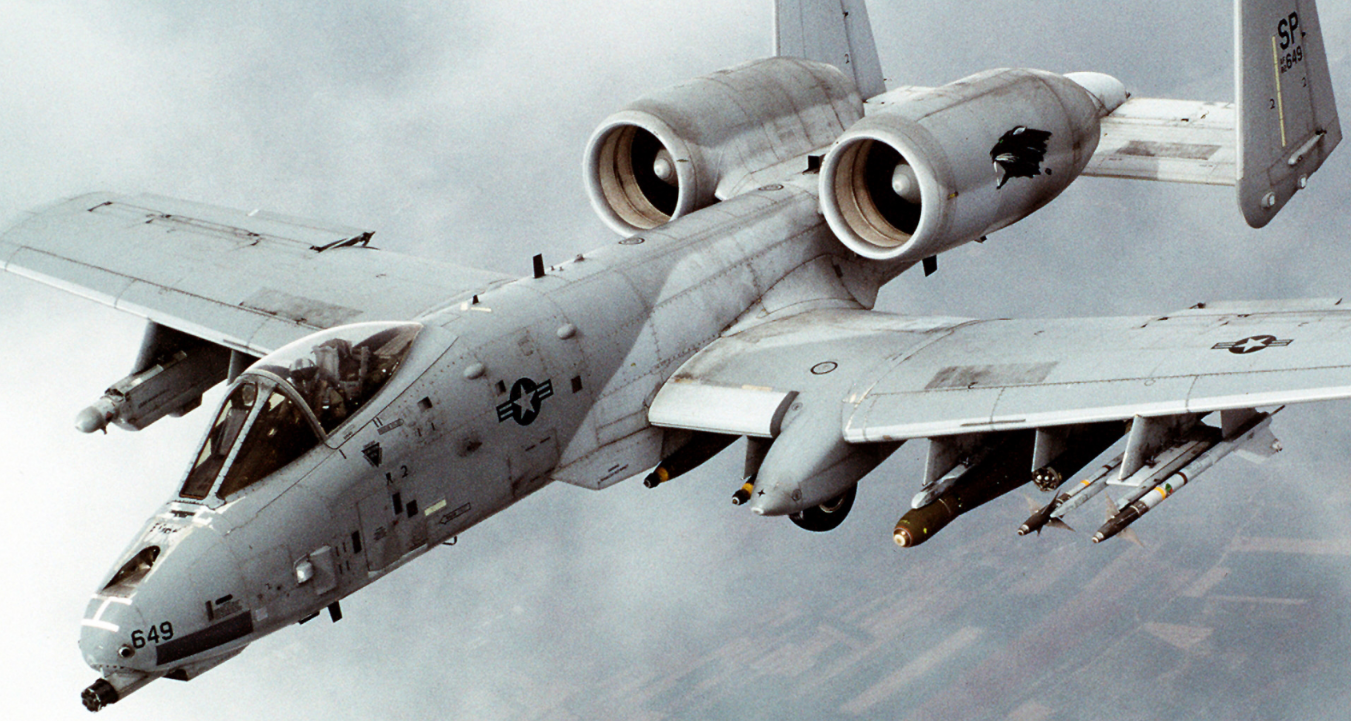2992Views 2Comments

USAF conceptualizes A-10 Warthog replacement
The U.S. Air Force (USAF) is in the process of conceptualizing replacements for the A-10 Thunderbolt II (aka Warthog), its mainstay close air support (CAS) aircraft. According to Aviation Week, the Air Force is examining the idea of using two platforms to phase out the A-10.
The first, “OA-X”, would be derived from an existing lightweight counterinsurgency (COIN) platform – e.g. A-29 Super Tucano – and serve alongside the outgoing A-10. The OA-X is being envisaged for “permissive” threat environments, i.e. conditions where there are no anti-air warfare (AAW) threats.
The second, “A-X2”, would be a long-term replacement of the Warthog-proper, but it too may be based on an existing platform, so as to control costs and shorten the development lead time. This does not mean a clean sheet design is not being considered, but cost will be a central consideration (Flight Global).
Comment and Analysis
It is important to first delineate the mission requirements of the U.S. Air Force’s future platforms. The F-35, while at one point perceived as an inclusive successor for multiple legacy combat aircraft, is at heart a precision-strike fighter. In contrast to the A-10, which provides sustained air support coverage to one’s ground forces in the midst of a battle, the F-35 is intended to neutralize specified targets.
Its small radar cross-section (RCS) and cutting edge sensor and electronic warfare (EW) suite position it as one’s asset to cut through high-threat conditions to destroy valuable targets, such as enemy air defence sites (to name a few). In contrast, the A-10 is at heart a flying armoured vehicle, i.e. a platform with low operating costs, but capable of destroying tanks and artillery and scuttling infantry. The A-10 has been of immense importance to the U.S. Army, which has depended on it (in tandem with its attack helicopters) to provide sustained close air support (CAS) coverage.
It appears that the U.S. Air Force is somewhat parting away from the idea of a heavy up-armoured CAS platform capable of carrying a heavy payload and flying at relatively low speeds. Low-speed flight may be retained, but it is unlikely the A-X2 will boast the same measure of armoured protection and payload as its predecessor. The AMX International AMX, which was originally developed and produced by Italy and Brazil, is an example of how the U.S. Air Force may approach the A-X2 from a design standpoint.



2 Comments
by EBR
after retiring these aircrafts, donate to Philippines…
by Mohsin E.
The US defense sector is becoming more and more hopeless with every new program they ‘conceptualize.’ The A-10 was never even supposed to be born. It only came into being because the USAF wanted to retain the funds for the role of CAS and take that funding away from the Army, which would’ve done CAS better (with more Heavy Gunships like the Apache which are much better suited to CAS then aircraft.) Instead, they built the A-10, then got dependent on it fighting wars against enemies which don’t have any tactical air defense capabilities (e.g. the Tunguska/Pantsir/Tor/Type 95 etc.), then tried to replace that A-10 with the F-35, and failing all of that, they are now forced to launch yet another program which will cost billions to replace a duck that was never supposed to be built in the first place, for a role the USAF shouldn’t be responsible for at all.